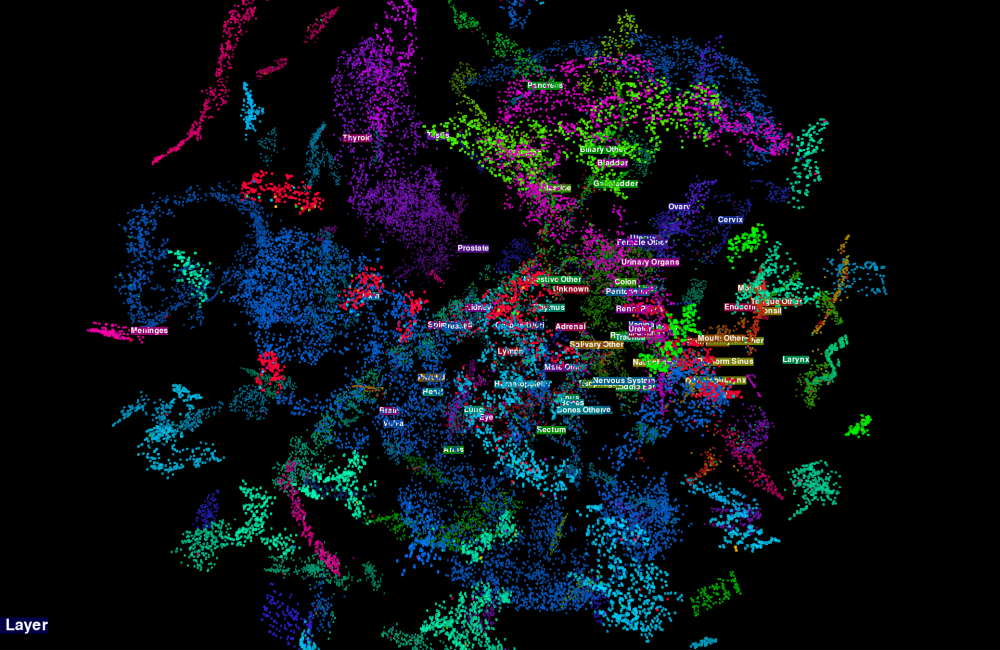
To better leverage cancer data for research, scientists are developing an artificial intelligence (AI)-based natural language processing tool to improve information extraction from textual pathology reports. In a first for cancer pathology reports, the team developed a multitask convolutional neural network (CNN) – a deep learning model that learns to perform tasks, such as identifying key words in a body of text, by processing language as a two-dimensional numerical dataset.
As the second-leading cause of death in the United States, cancer is a public health crisis that afflicts nearly one in two people during their lifetime...
Read More








Recent Comments